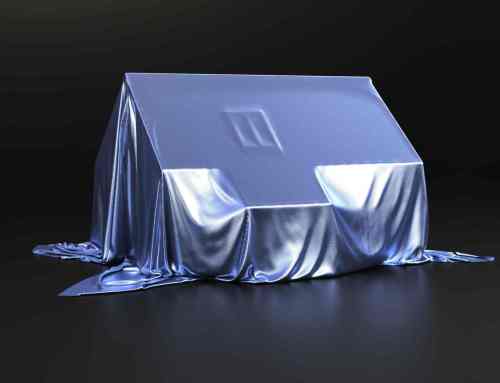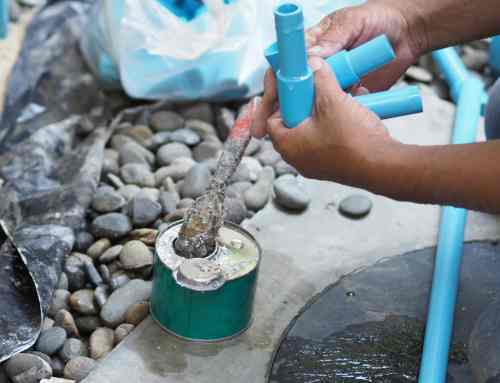HUMIDITY…What is it? Basically, humidity is a measure of the amount of water vapor present in the air. Most people are familiar with the term, “relative humidity”. Often used by meteorologists, relative humidity is the amount of water vapor present in the air compared, or relative to, the maximum amount of water vapor the air could hold.
 Relative humidity is expressed as a percentage and is determined by two factors; air temperature and the amount of water vapor actually present in the air. So, when we say 57% relative humidity, what we really mean is that the air is holding 57% of the water vapor it could contain at that temperature. Warm air can hold more water vapor than cold air. So, 57% relative humidity at 80ºF is not the same as 57% relative humidity at 60ºF. Just like 57% full in a 5-gallon bucket is not the same as 57% full in a 2-gallon bucket.
Relative humidity is expressed as a percentage and is determined by two factors; air temperature and the amount of water vapor actually present in the air. So, when we say 57% relative humidity, what we really mean is that the air is holding 57% of the water vapor it could contain at that temperature. Warm air can hold more water vapor than cold air. So, 57% relative humidity at 80ºF is not the same as 57% relative humidity at 60ºF. Just like 57% full in a 5-gallon bucket is not the same as 57% full in a 2-gallon bucket.
Discovering Water Vapor
You should maintain humidity levels in your home between 30-50% RH for optimal comfort and hair will feel dry and uncomfortable. Certain materials like leather and wood will also begin to dry out. High humidity – 60% or above – for extended periods can cause many problems, including health issues and damage to structural materials, in addition to increased potential for mold and other microbial growth. Signs of high humidity are: a sticky or clammy feeling; wood floors that are “cupped”; sticking doors; condensation on widows, air conditioning vents or walls; musty odors and mold growth on interior surfaces and furnishings.
The Danger of High Humidity
High humidity can be a sign that there is a leak in the structure, or problems with the air conditioning and ventilation system, building envelope or foundation issues. If you have a basement or crawlspace, a damp musty odor is an indication that there are moisture or humidity problems. Musty odors are more than a nuisance. They could be an indicator of wood rot, mold growth or other damage. Microbes can also pose a health risk to occupants of the structure.
Warm air can hold more water vapor than cool air. This is why condensation occurs on cold surfaces. As air comes into contact with the cold surface, the air gets cooler, and the RH increases. If the surface is cold enough RH reaches 100%. Since the air can no longer hold all of the water vapor condensation forms on the surface of the cooler material. We call this the dewpoint temperature.
If you have a basement, sun room or unfinished area that is sometimes cooler than the rest of your house, temperature variations can lead to excessive humidity, condensation and all of the associated problems. In these areas it may be necessary to use a dehumidifier to control moisture in the air. Remember, if the air is damp so is the structure. Keeping humidity under control is one step toward making your home a healthier place to live.
High humidity is a sign that something is wrong with a structure. If you suspect you have any kind of water damage from a leak, condensation, poor construction or foundation issues, call Clean Pro Cleaning & Restoration today. We can identify moisture and humidity issues and help solve them before you end up with a much bigger problem.







